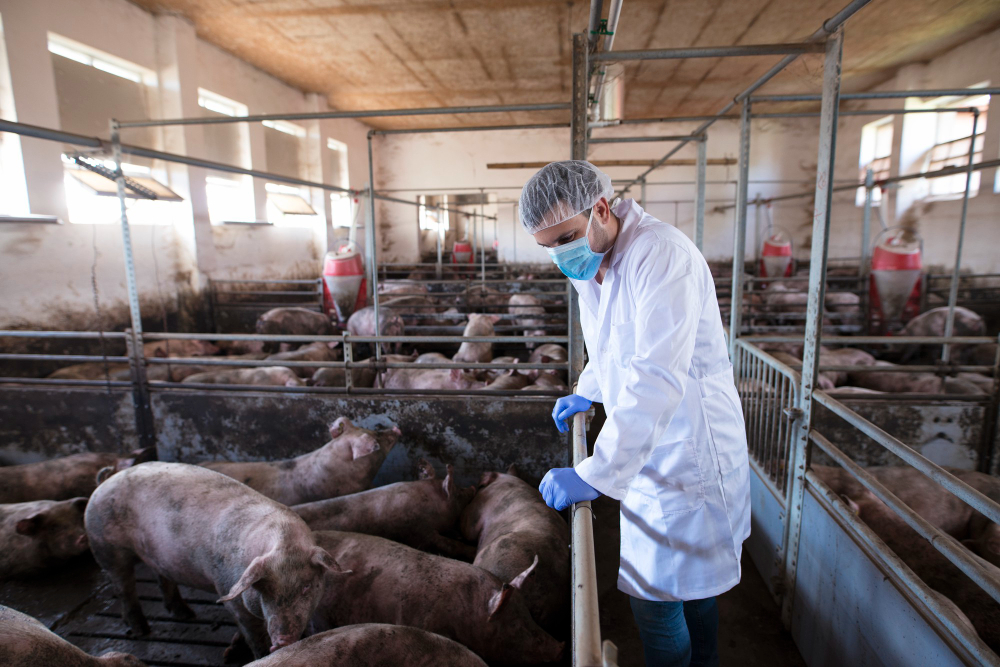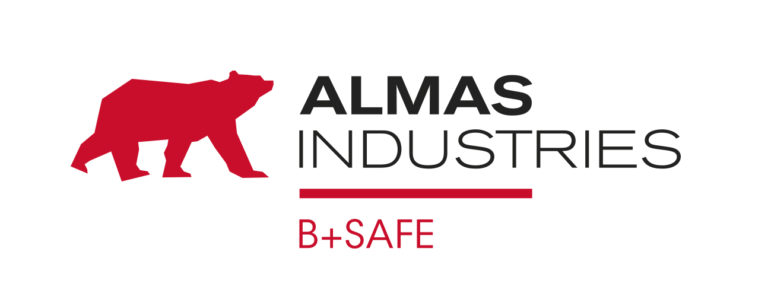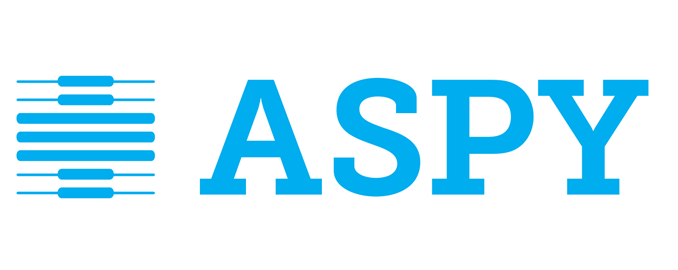Slurry application in agricultural soils is undergoing a transformation thanks to technological advances driven by regulatory changes. As of January 1, 2024, new regulations prohibit, with some exceptions, the application of slurry using traditional systems such as plate, fan, or cannon. This regulation seeks to ensure more sustainable and efficient soil fertilization, which has motivated the sector to innovate.

As reported by EFE, Professor Javier Bueno, from the Department of Agroforestry Engineering at the University of Santiago de Compostela, states that this regulation has spurred the development of new technologies to improve the management of slurry, a livestock byproduct used as fertilizer.
One of the most notable projects is Purín Preciso, an operational group that has been working since 2023 on the incorporation of sensors into spreader tanks. These devices, known as conductivity meters, measure the slurry’s electrical conductivity in real time, a key indicator for determining its nutritional content.
One of the most notable projects is Purín Preciso, an operational group that has been working since 2023 to incorporate sensors into spreader tanks.
Thanks to this information and the development of a “fertilization plan” tailored to the needs of the land, farmers can apply only the exact amount of nutrients the soil needs. This not only reduces the environmental impact but also represents economic savings and improves crop productivity.
Furthermore, Bueno points out that this technology offers a significant advantage over traditional methods, where a single sample of the slurry is taken and subsequently analyzed in a laboratory, without guaranteeing that it accurately reflects the entire contents of the tank.
Another project under development is that of Agrolab-Biogal, which, although in a more initial phase, is focusing on an even more precise technology: near-infrared spectroscopy, known as NIRS. This technique uses a spectrometer installed in the slurry tank to measure its composition. Although it is currently more expensive, researchers are working to reduce the cost of its development and make it accessible for field use.
According to Bueno, the first tests of this technology could begin this year, and a first prototype is expected before the summer.
These advances are an example of how innovation and sustainability can go hand in hand in the agricultural sector.
















